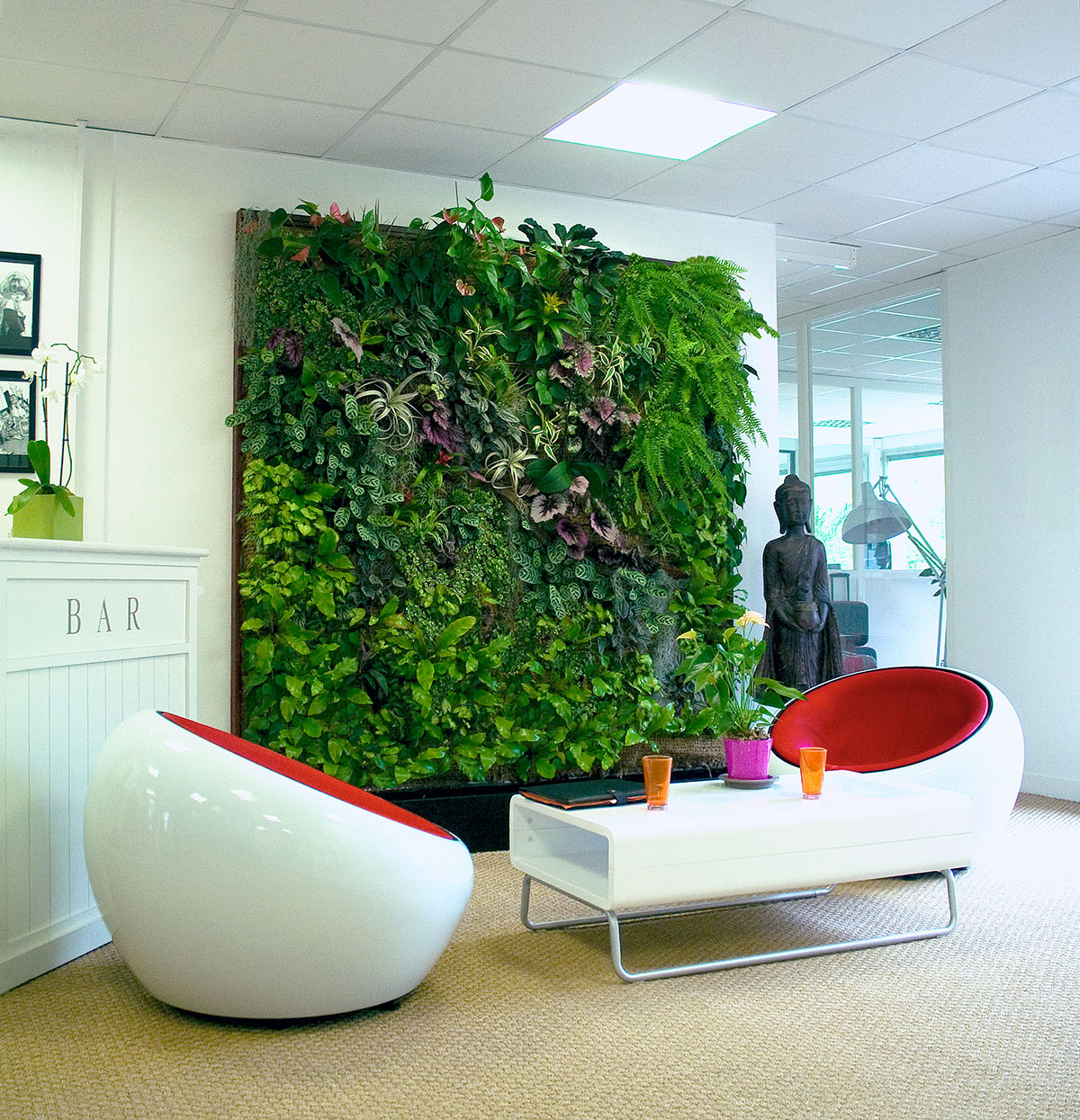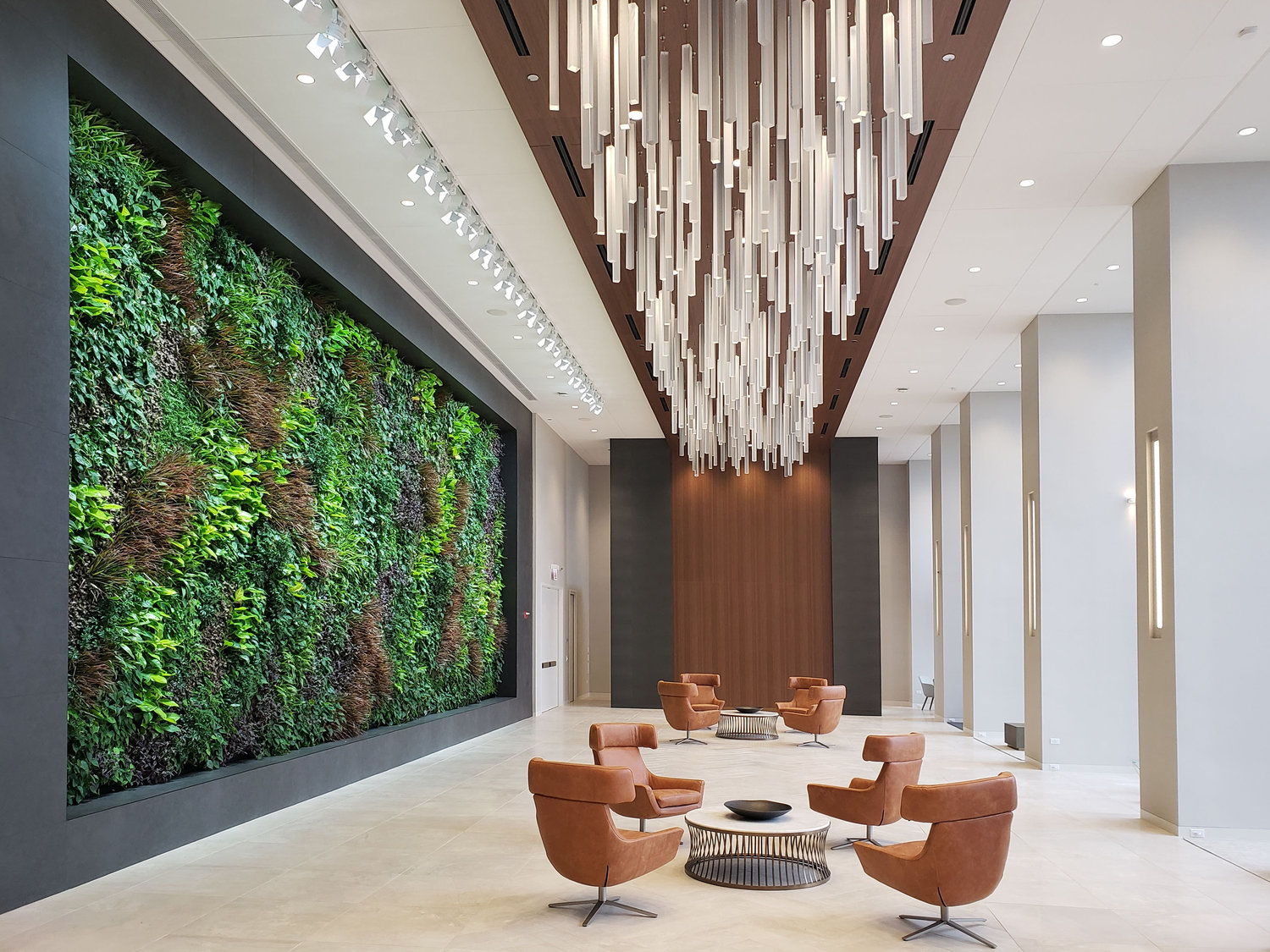Getting Back to Our Roots: Living Walls, Natural Furniture & Biophilic Design
As our busy lives continue to move forward, we often forget about our connection to nature because we don’t spend much time immersed in it. It is this concept of reconnecting with nature, even while indoors, that has led to the progressive style called biophilic design.

Not exactly an old idea but with some new components. Mid-century modern architecture and design has promoted connectivity with nature for as long as its been around. This is impart due to the areas of the world where mid-century modern design found its roots such as Denmark, Norway, Sweden, Finland and Scandinavia.

Living walls are one design concept associated with biophilic design. Essentially, it is creating a wall in the home or in an office building entirely dedicated to living plants. In many biophilic designs, there is an irrigation system and water system built into the wall for the plants to live and to thrive indoors. Think hanging gardens of Babylon.

Included in biophilic design are other elements that incorporate natural and eco-friendly furniture or materials to make the rooms design more cohesive. Some of these include wicker, rattan, woven cord, sustainably harvested wood and bamboo furniture.

Biophilic design is said to create a healthier living environment with added benefits such as improved air quality, a deeper connection with nature, a clearer mind, a calmer outlook and a feeling of serenity.

Biophilic design can be achieved with the right engineers and architects. There are homeowners that learn how to build living walls and biophilic design elements into their homes interior design and architecture.

Many people who gravitate towards biophilic design, natural furniture and living walls believe that through our connection with nature, we will have a stronger connection with ourselves.